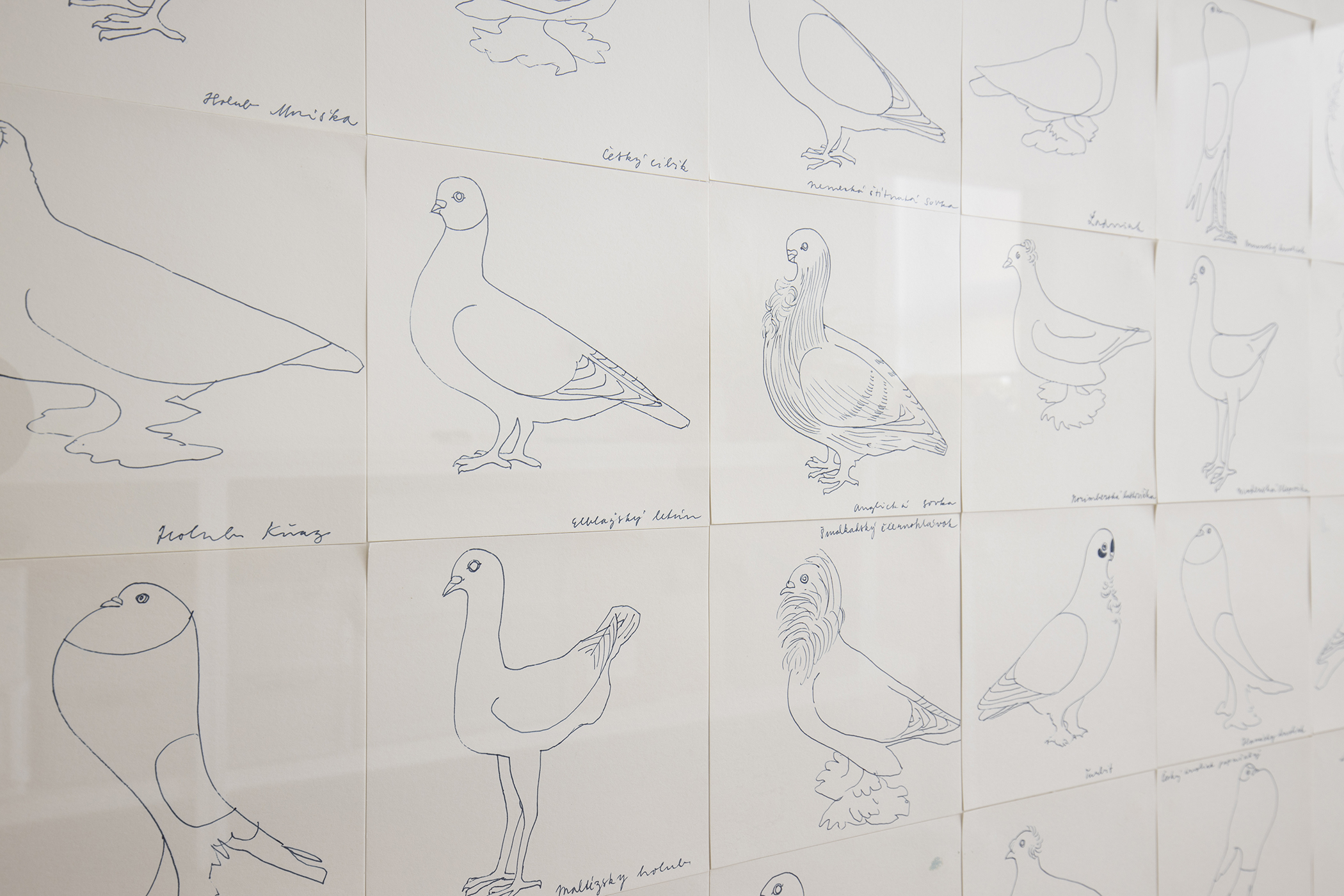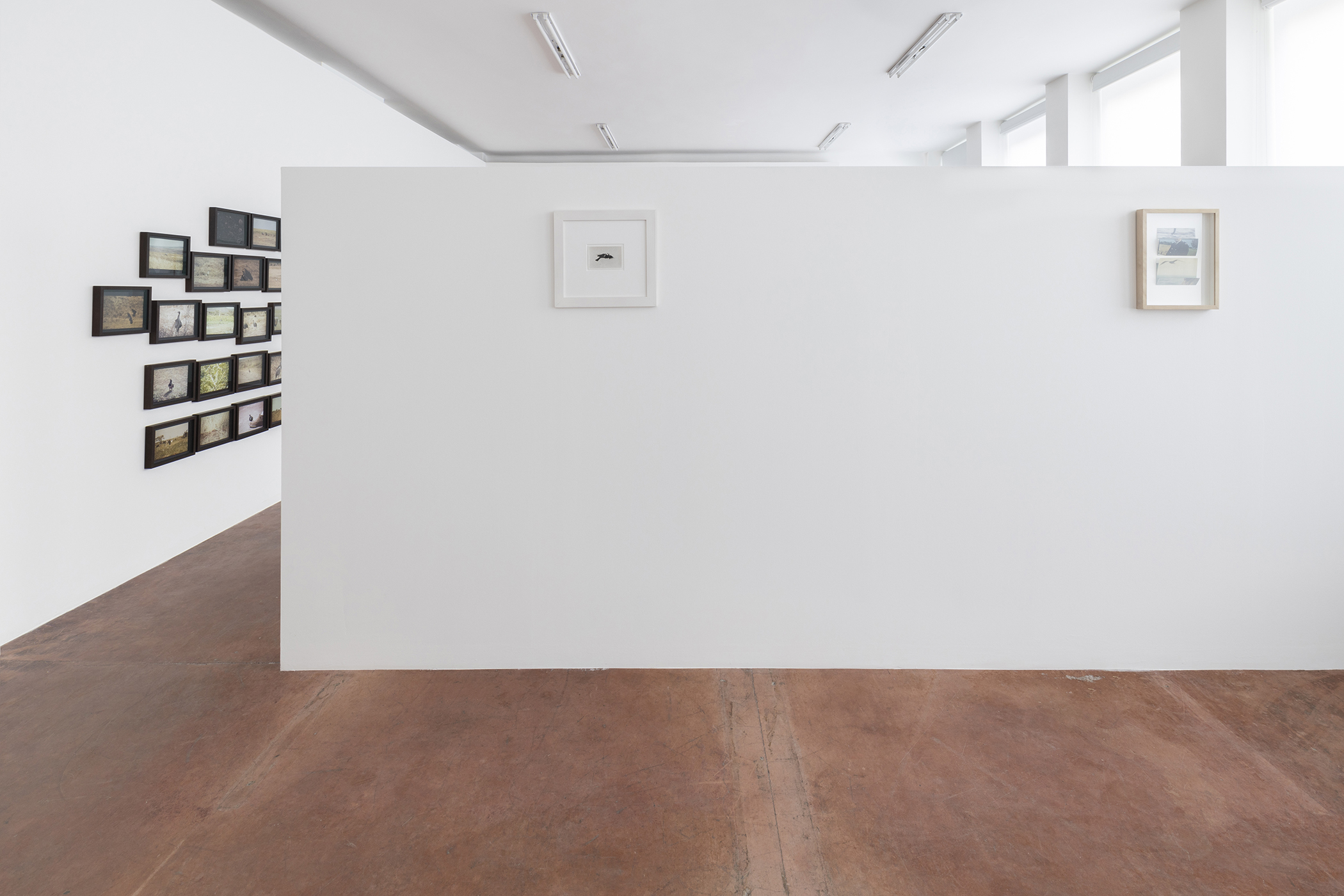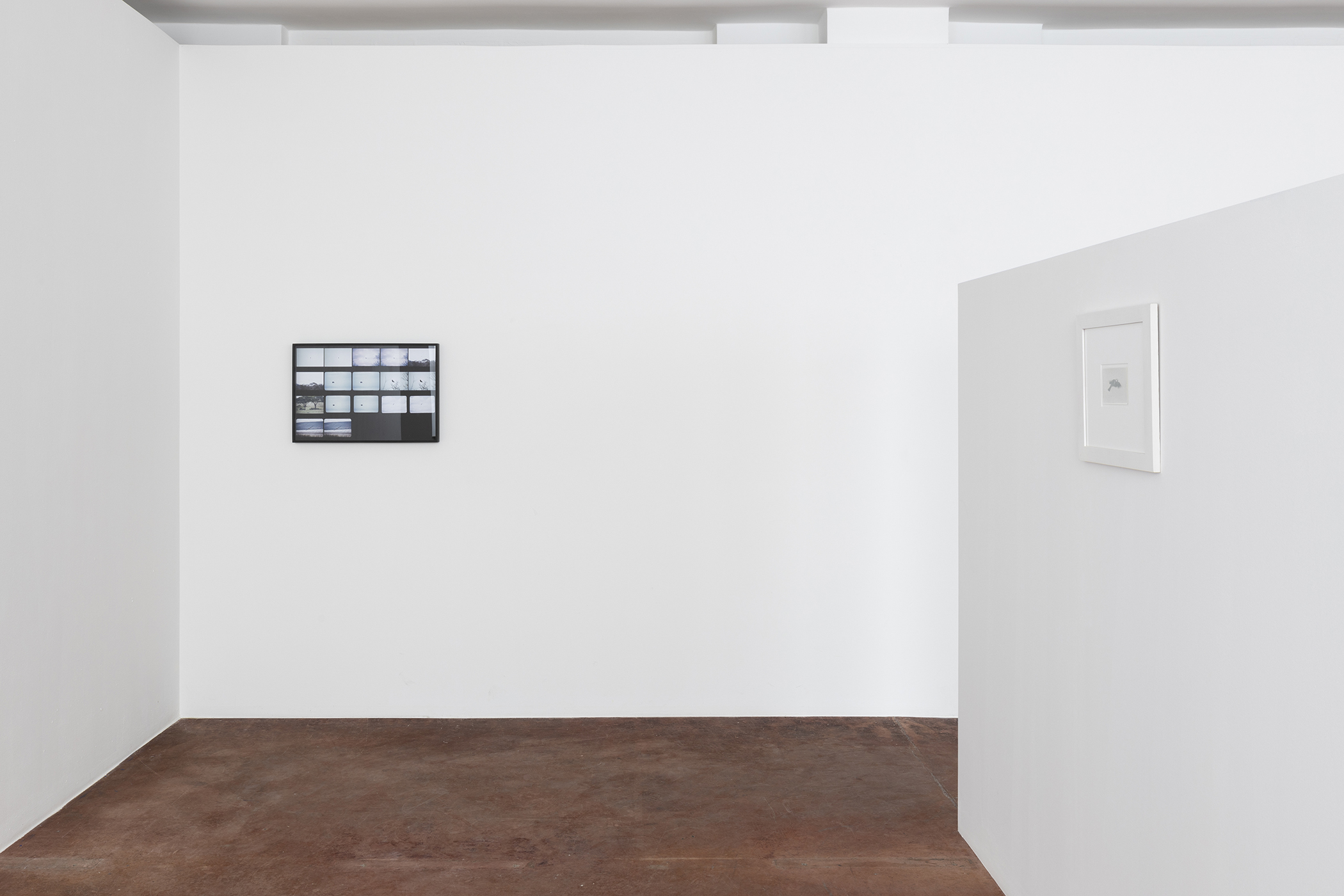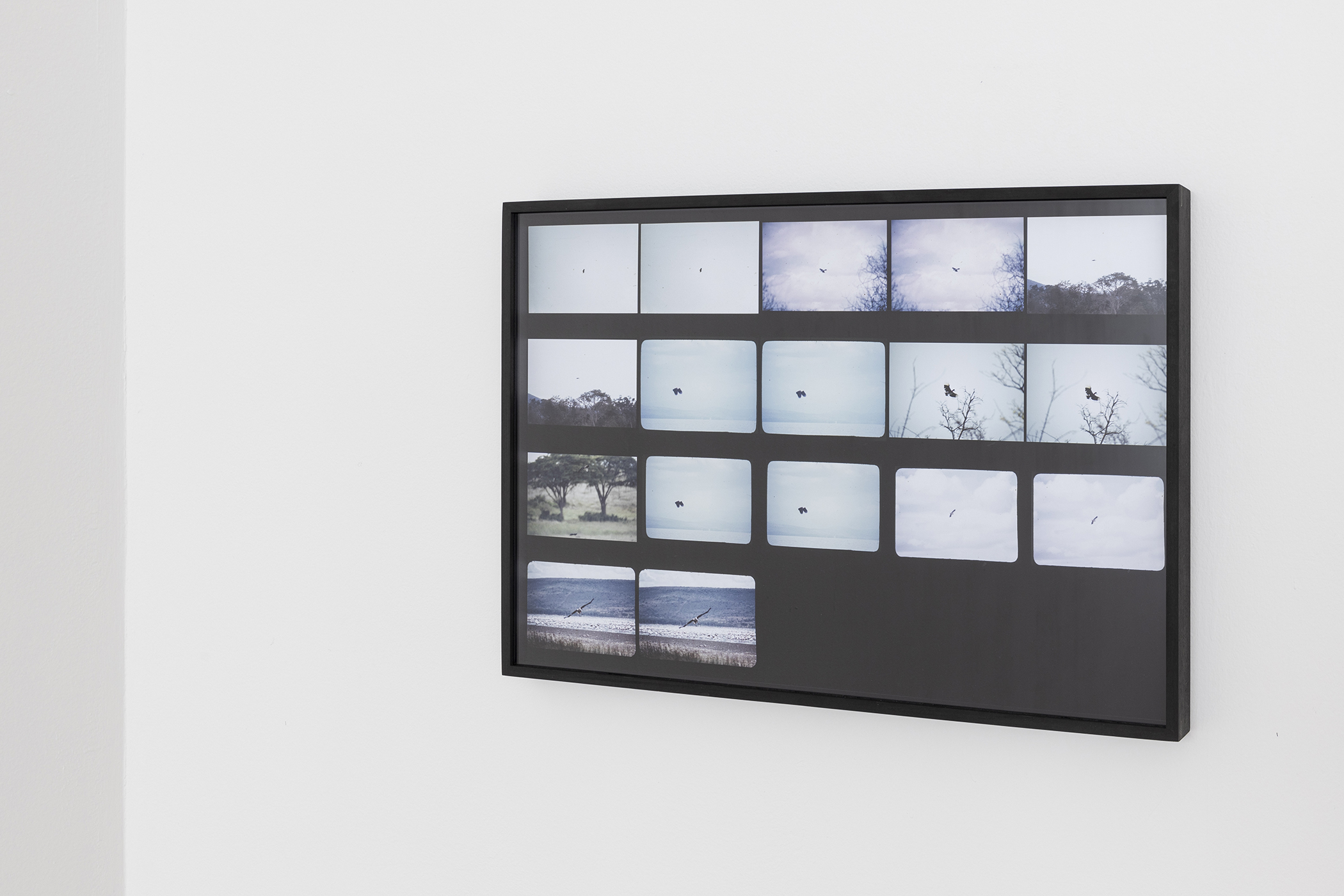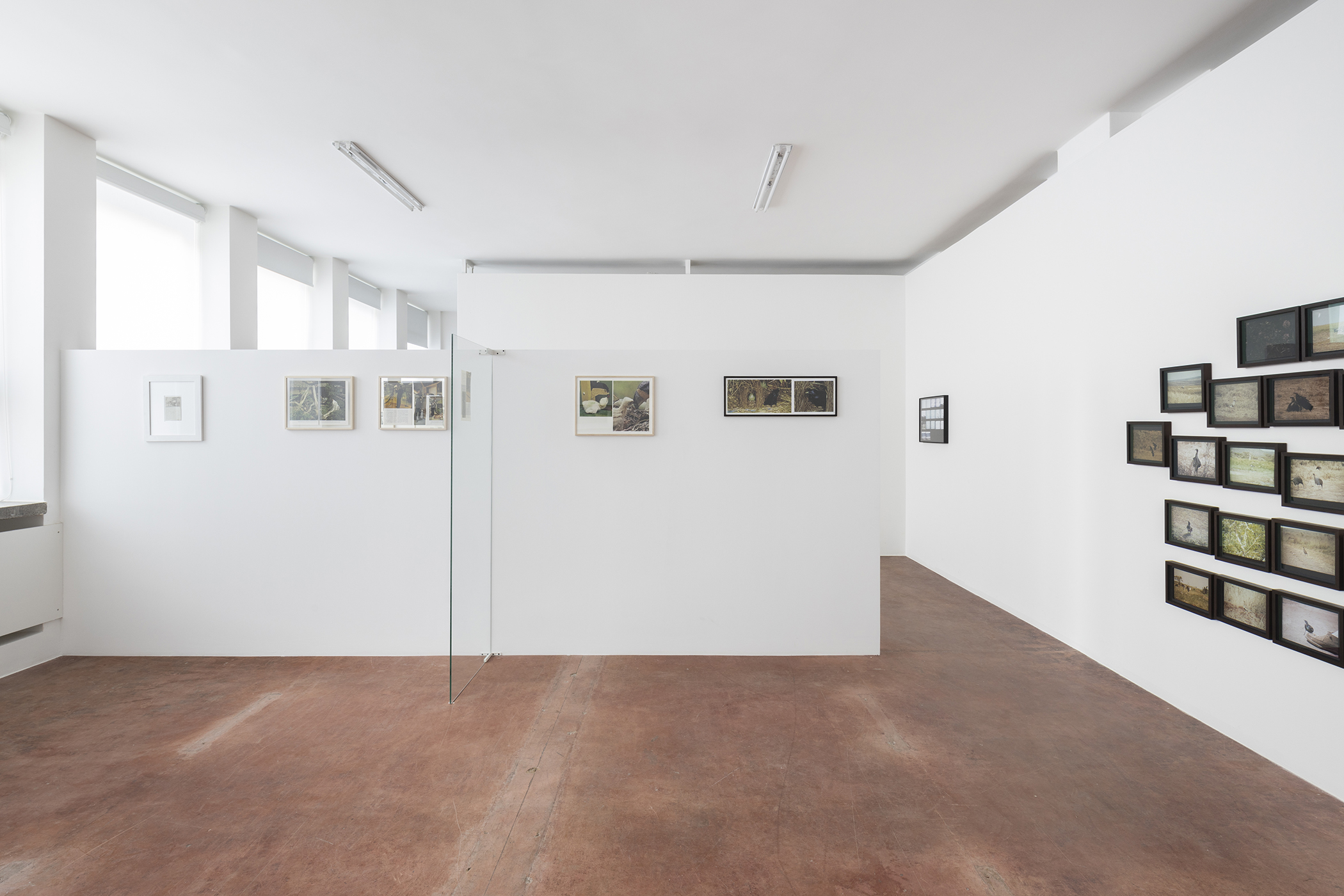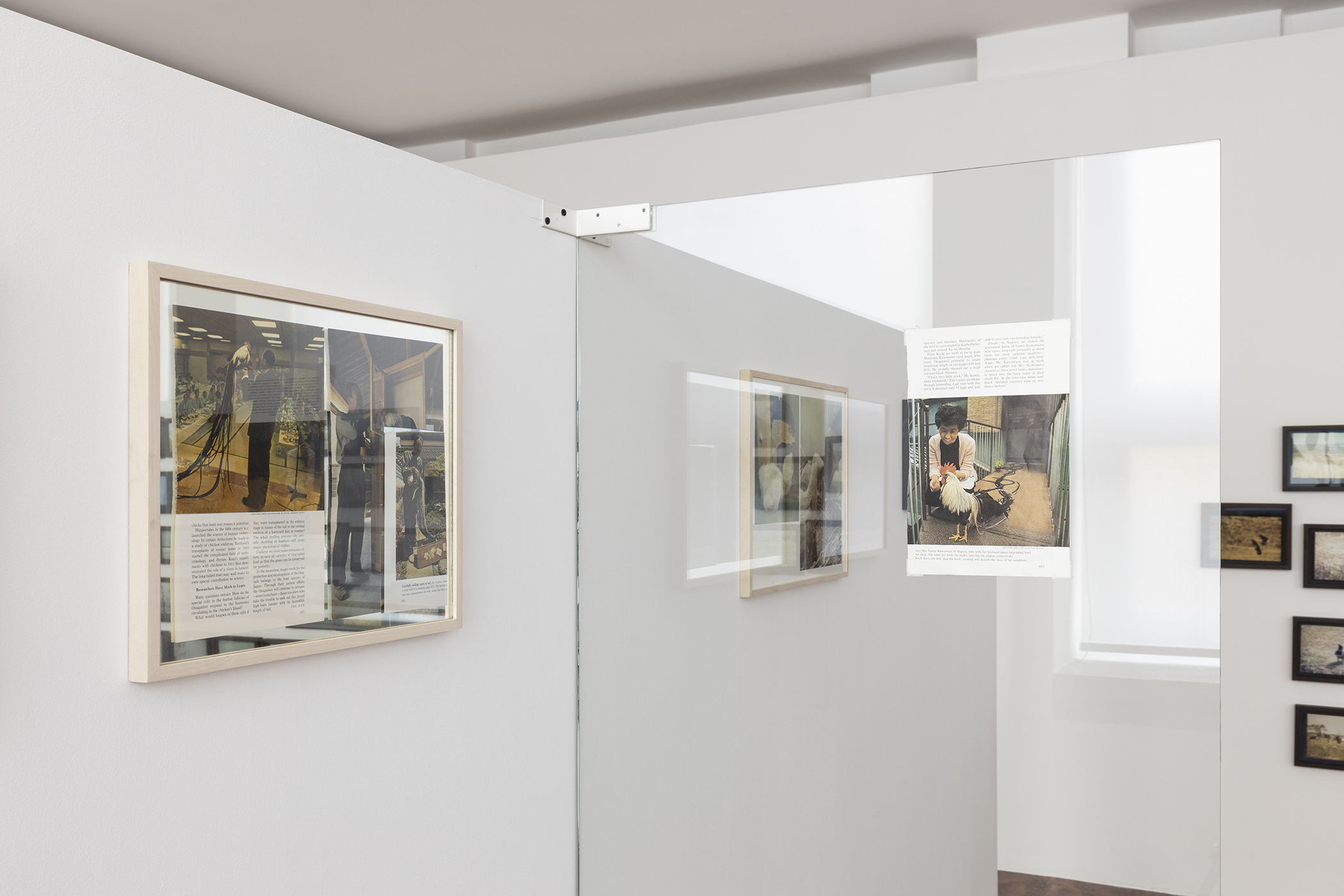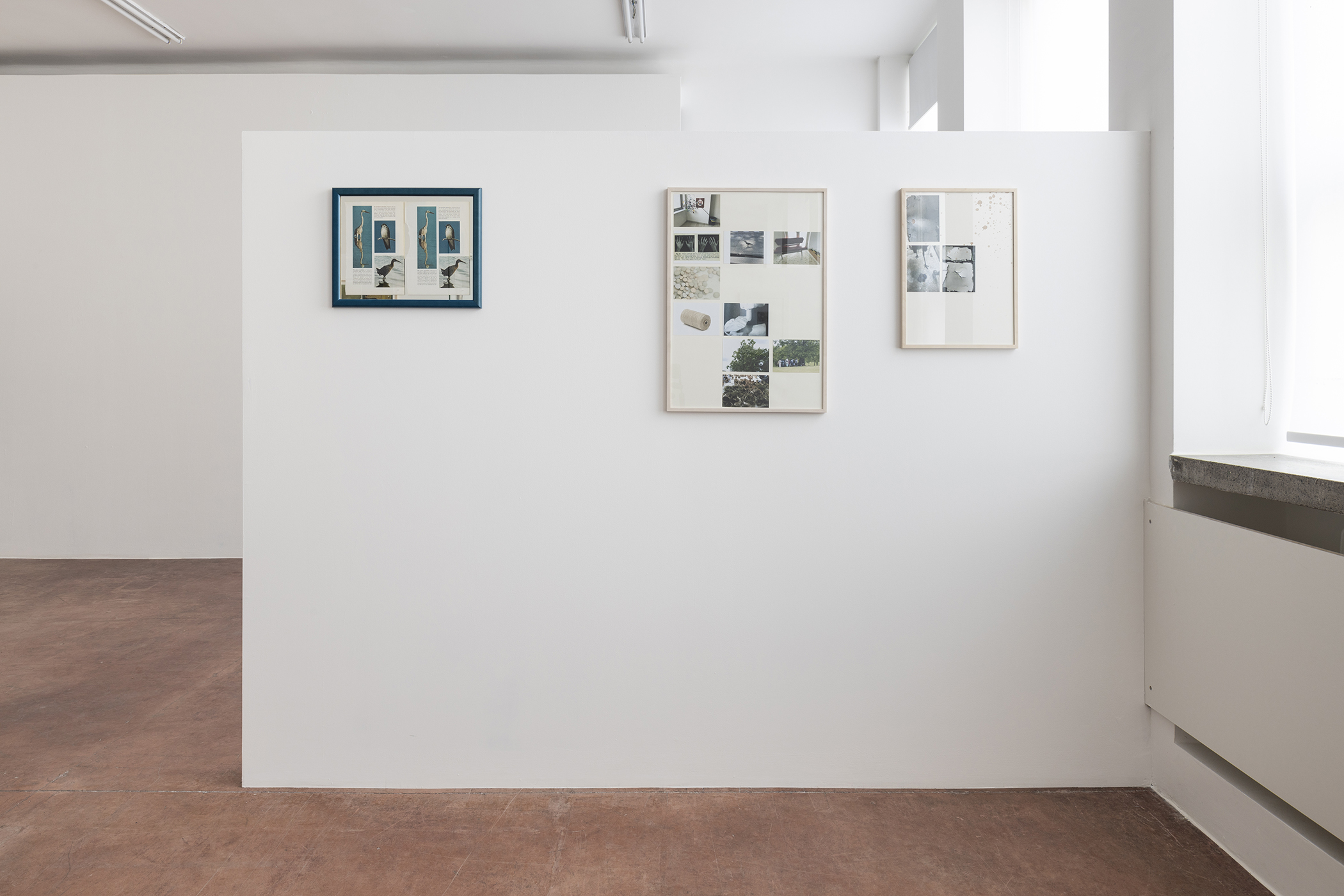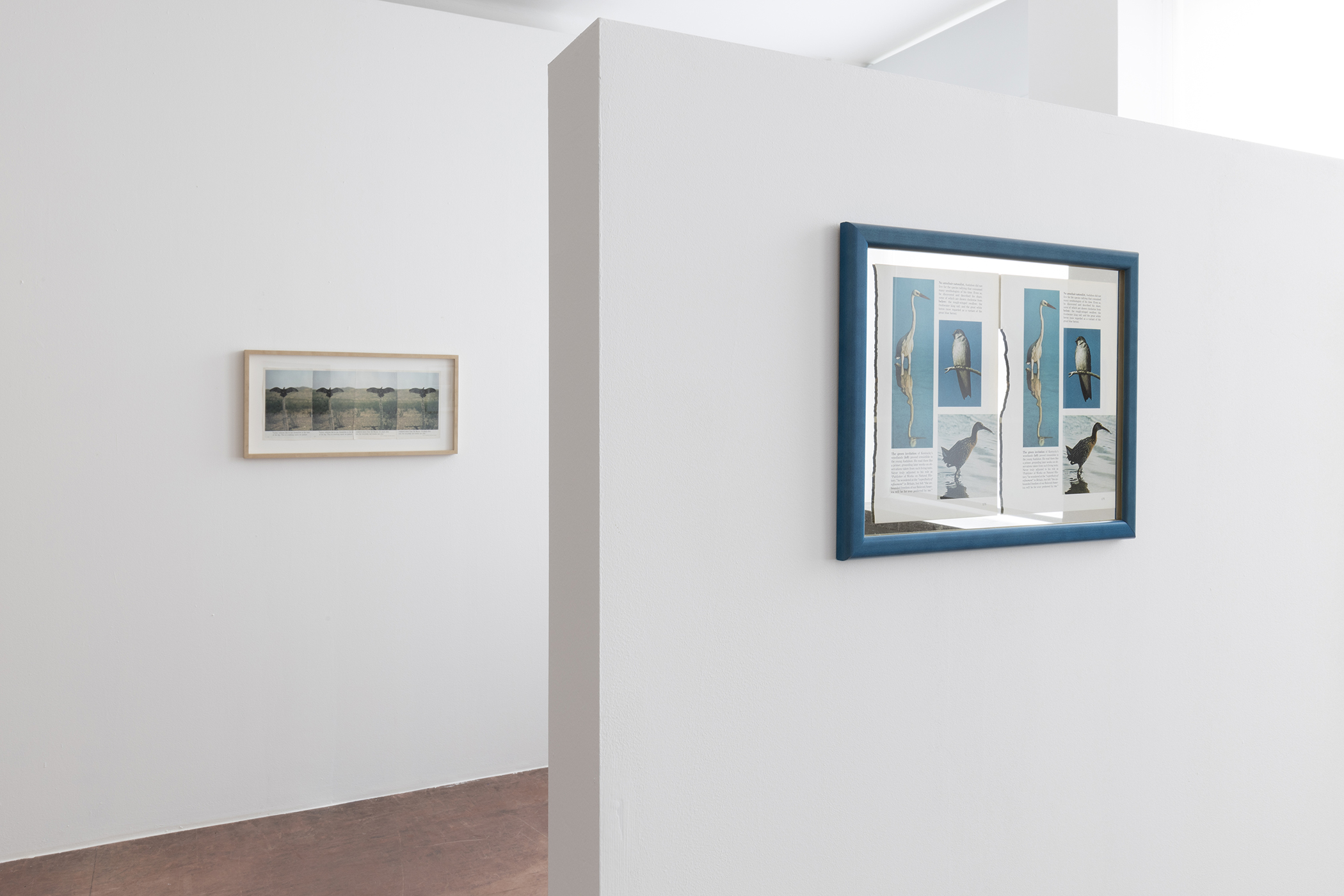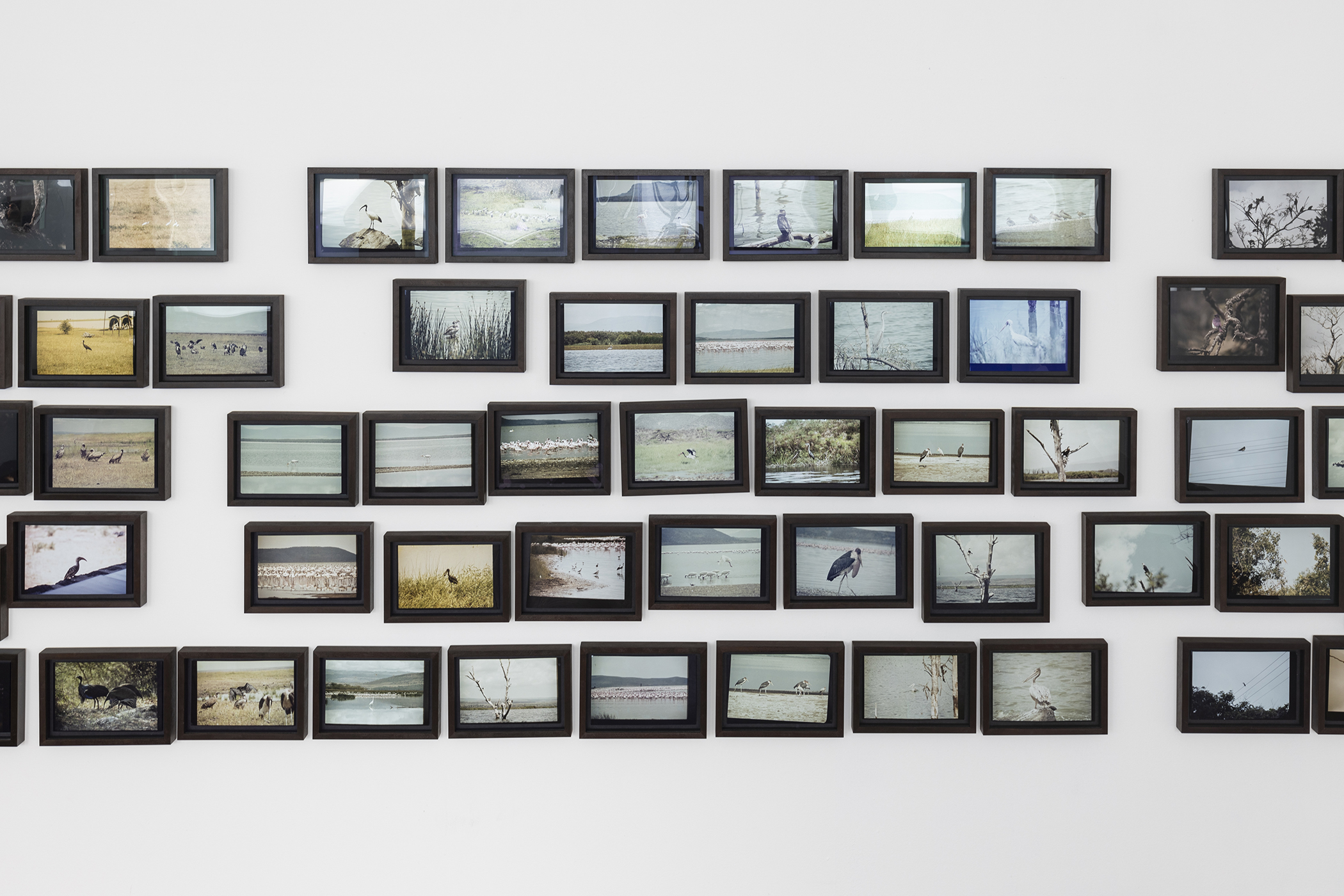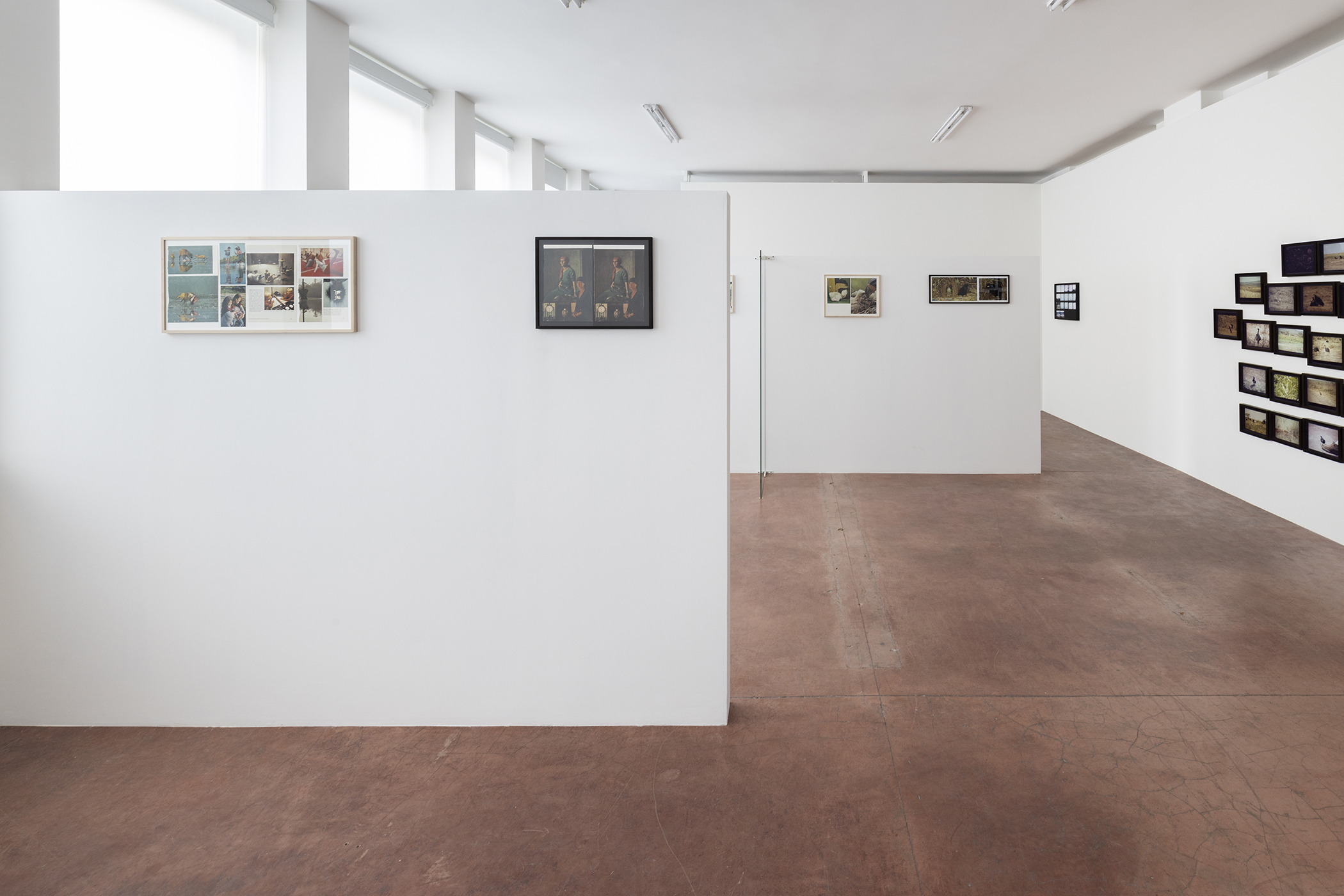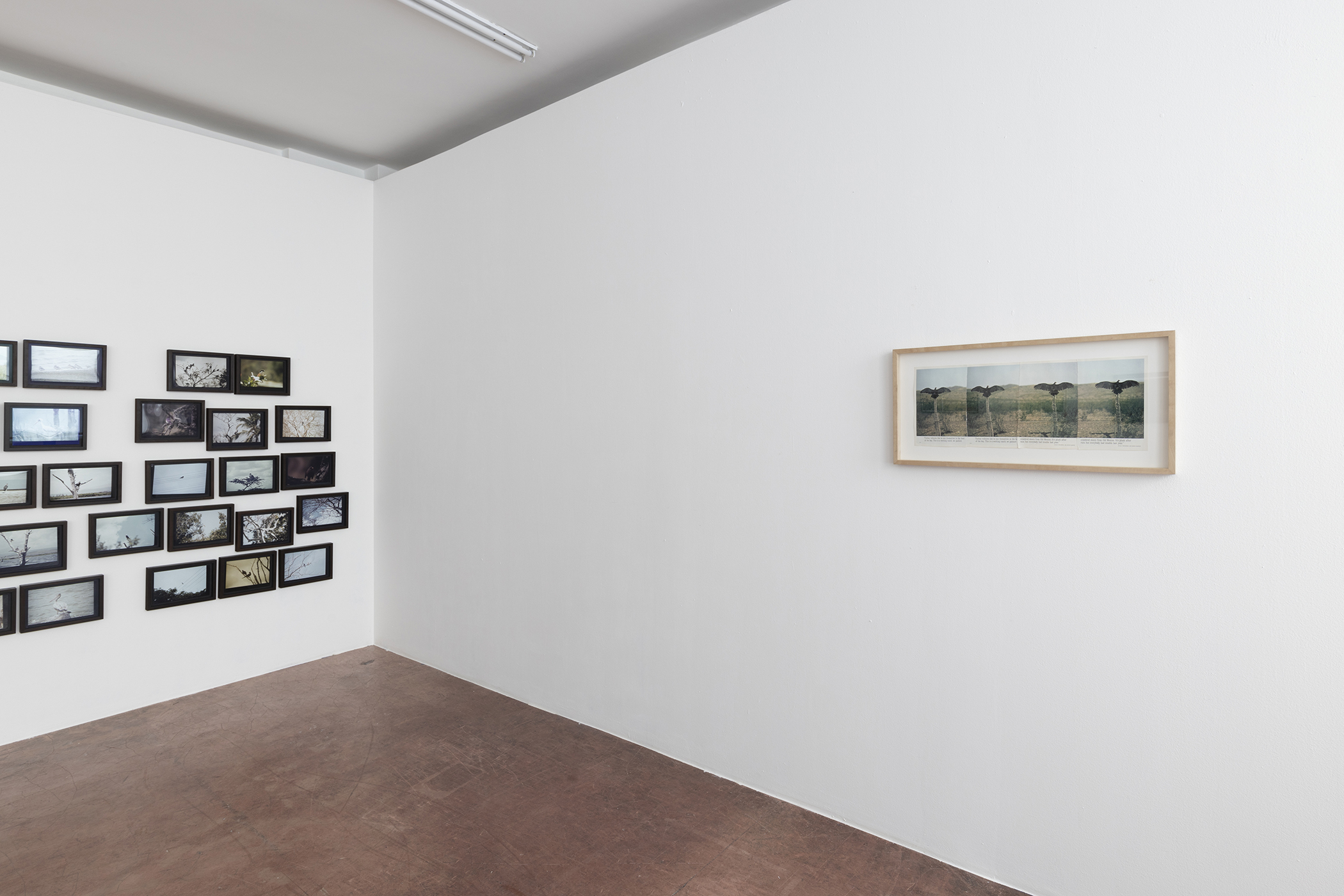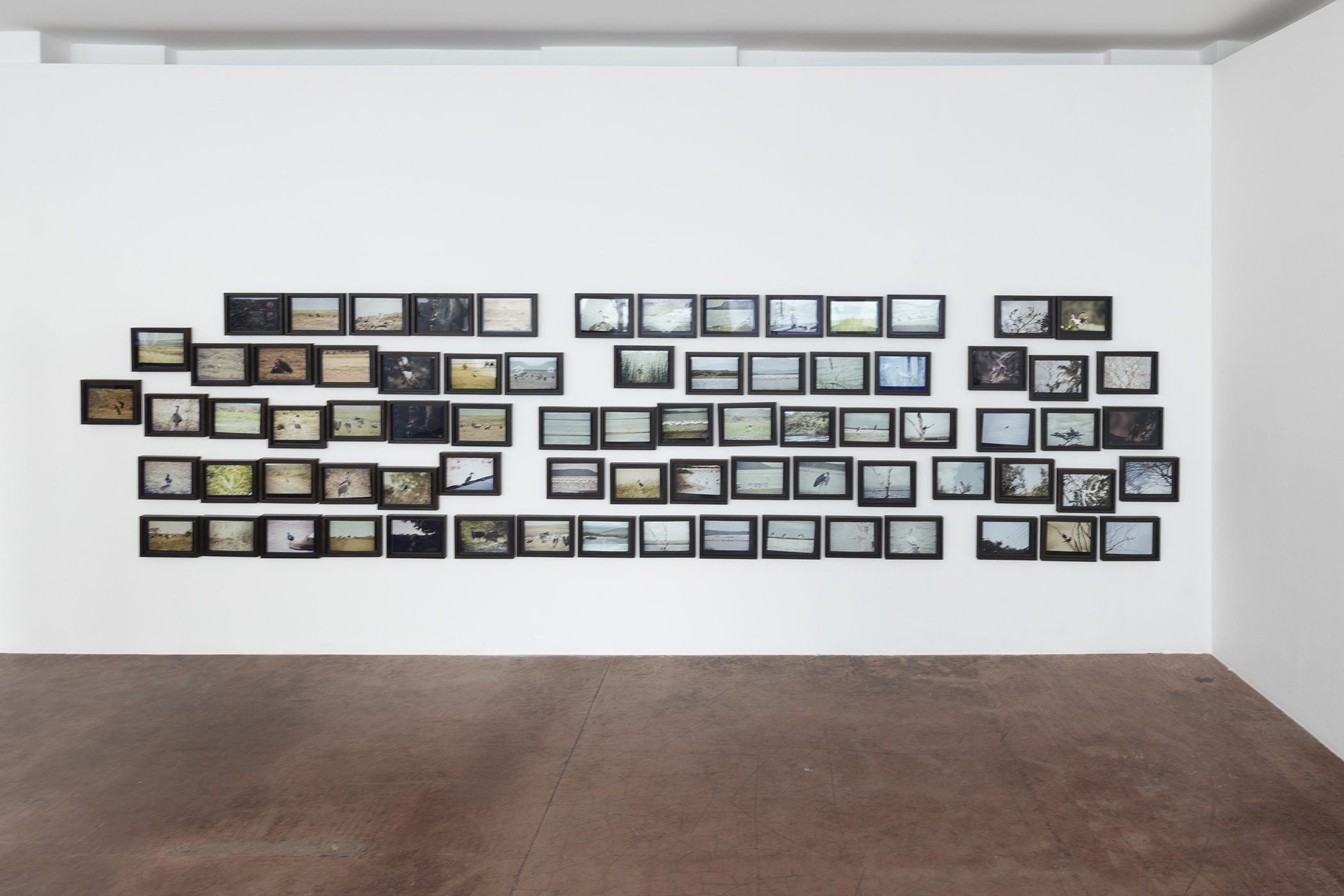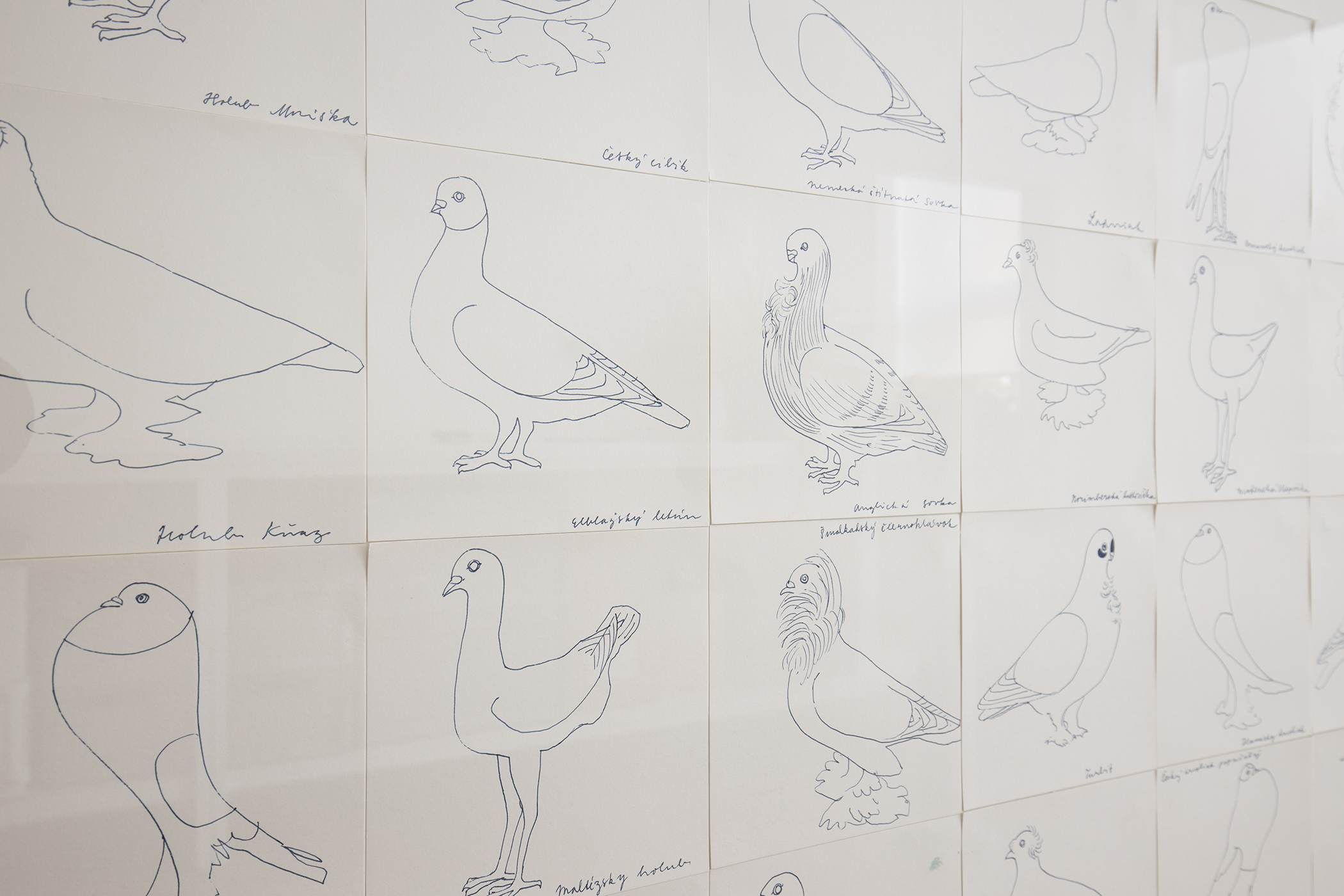Artist: Petra Feriancová
Title: Breeder. Kingdom Aves
Curator: Daniel Grúň
Venue: The Július Koller Society, Bratislava
Photo: Leontína Berková
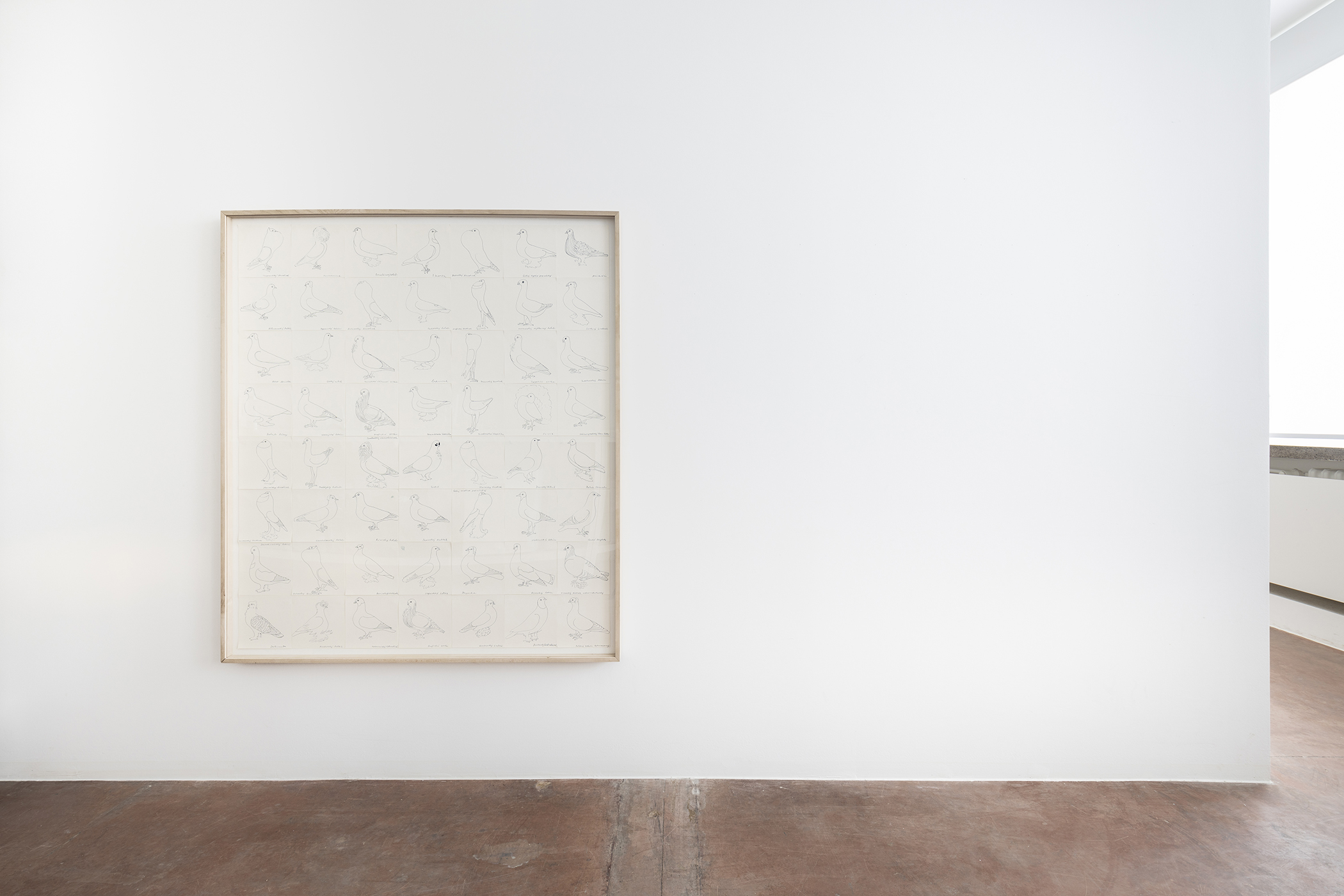
A breeder is someone who selectively breeds carefully chosen specimens of usually the same breed, looking to produce offspring with specific, thoroughly replicable properties. Breeding is research, passion, livelihood, sport, entertainment—but also sublimation of the mother’s instinct. Petra Feriancová contemplates breeding in relation to (her) motherhood. Breeder probably does not go so far as to experience the driving forces of motherhood—love, fear, self-destructive care—he plays with living creatures as their creator, models their genetic makeup and thereby their appearance, properties, and behavior.
Her father as well as her grandfather, the well-known Slovak naturalist, a pioneer of scientific zoology and ornithology, professor Oskár Ferianc (1905-1987), were both dedicated pigeon breeders. The love for nature and birds was also passed on to her aunt, professor Zora Feriancová-Masárová (1930), who followed in the scholarly footsteps of her father. They all not only made use of cameras, but the medium of photography was also an essential part of their scientific work. Although Petra Feriancová is not a professional ornithologist, her oeuvre is vitally intertwined with the language of photography, and, by extension, with depiction of landscapes, animals, and birds. This is valid to the extent that none of the presented photographs was in fact taken by her, but rather created through post-production processing of her relatives’ archives and selection of reproductions from the National Geographic.
Petra Feriancová invites spectators to analyze the anthropocentric model of the world by watching fascinating natural phenomena in combination of scientific and cultural-historical scenarios. She focuses on technology of reproduction with respect to photographic post-exposition, but at the same time considers reproduction as the driving force in evolution of the species. Via the medium of photography, expanded to include unintended or otherwise motivated snapshots, she enters the kingdom of birds with the goal of joining them in cycles and series, so as to have invariants typical of a certain spectator emerge from the variety and diversity, or to imply schemes of natural or cultural depictions. One of such invariants is that of a bird in flight, which requires patient watching of the sky and the ability of capturing a living object in motion. Along with capturing bird subjects in photographic reproductions, Petra focuses on the motif of similarity, doubling, mirroring—she uses mimicry, illusion, or mock-ups. This can be seen for instance in the Nesting(2010) series. This introduces considerations of the behavioral aspects of bird life in relation to the function of imitation in natural and cultural forms, whose dichotomy has been ever less pronounced and defined as the Anthropocene progresses. Alongside contemplations on breeding as a cultural phenomenon, this suggests comparison with life of birds in the wild, where the struggle for survival of species activates certain tools, whose ownership gives a species an edge over the others. These tools are functionally involved in investigation of reproductions, such as doubling, doppelganger, alter ego—in the series Doubles (2012). Rhetoric figures of the images are therefore not based solely on the principles of symmetry and repetition. Numerous sets, framings, and dispositives are principally based on the language of images. They let the process of the unconscious act which is hard to express in words.
Epiphany is a manifestation of the divine, ἐπιφάνεια. Sometimes however, it also refers to a sudden spiritual insight (James Joyce) based on mental grasping of a certain scene or unforeseen event, or a sudden unintentional intrusion of a different phase or a state of mind, an activated memory. A flash of an unconscious memory trace. Petra Feriancová does not trust photographic image’s service to objective truth. On the contrary, she lines up reproductions into disjointed stories, oracles, puzzles, and beacons. Her attention here is focused precisely on the peculiarities exposed by breeders and passionate nature watchers.
Zora Feriancová-Masárová’s travelogue entitled Potulky po východnej Afrike (Travels in East Africa, 1976) was written under unusual circumstances when the ornithologist accompanied her husband to Africa, the place where he was working for the WHO at the time. The two stays of several months each gave Zora enough time for repeated visits to reservations, to watch nature and birds. Earth, Water, Air (from the archive of professor Zora Feriancová-Masárová 1970—75) regroups an extensive cycle of bird photographs in order to anchor them in the relationship spectator—habitat—exposition. The original naturalistic focus of the documentation is overwritten by interest in photography as an aesthetic object.
In Petra Feriancová’s studio, I browse through her blue files dedicated to birds. Petra uses them to gather a primary selection of cuttings and clippings with reproductions which originally came from articles in the National Geographic. The files seem to hold an endless number of color reproductions. At first, I notice the variety of colors and shapes of the birds’ bodies. Repeated motifs like flight, nesting, hunting, ceremonial behavior, raising the young, and death leave me with an impression that the study of birds is in fact an investigation of mankind and the world. The bodies of birds in reproductions, so different from human ones (captured thanks to then improved photographic optics) are as suggestive as portraits of noble ladies, aristocrats, or rulers. They allow us to see these creatures not only as objects of watching but also as individualities, as subjects with their own expression. By lining up and sorting these photographic images, moving them, and attaching to other topics, other environments, and especially by their doubling and multiplication, Petra focuses spectators’ attention on those features of the images they would hardly notice while browsing the magazine. In our selection for the exhibition, the most prominent of the motifs are these pathos formulae (Aby Warburg): intimate touches of humans and birds. “Animals were for me the first contact with life and death in the sense of experiencing anxiety,” says Petra.
Pigeons (Columba livia domestica), apart from being members of the bird kingdom, are like other domesticated animals also part of the human kingdom. They accompanied European colonizers and conquerors across the globe and in many places encountered already well-established different species of their kind. The creation of the relation between humans and pigeons took place over many millennia. Pigeons and their genetic makeup are silent witnesses of the rise and fall of modernity, human brutality, and ambivalence towards these inhabitants of urban landscapes. Pigeons let loose in remote places can find their way home even in cloudy weather and over distances of thousands of kilometers. In tests focused on self-recognition in mirrors and video images, they score better than a three-year-old. Cognitive neuroscientists proved that pigeons could tell the difference between paintings by Monet and Picasso. Some breeders maintain that pigeons can feel the same kind of unconditional love towards their fellow pigeons (agape) as humans do. Donna J. Haraway considers them to be ideal delegates and agents of multispecies relationships.
The exhibition also includes fragments from older series, e.g., Creator (from Oskár Ferianc’s archive, New Breeds 1948-1962), 2008 or An Instance of the Fingerpost (2010), along with newer works, and thus, everything that has been present from the beginning is still there: Antigona looking through the eyes of Oedipus.
Daniel Grúň
